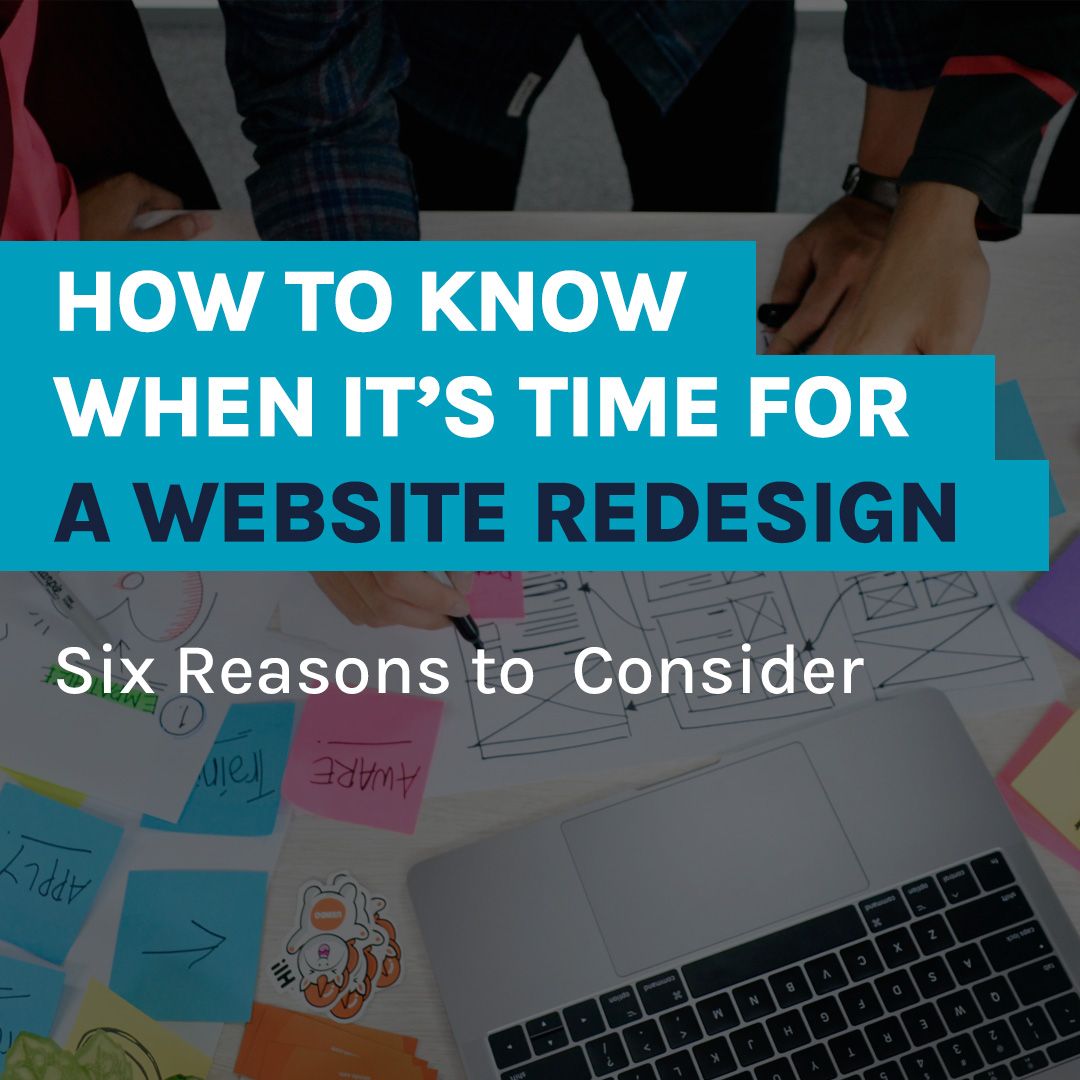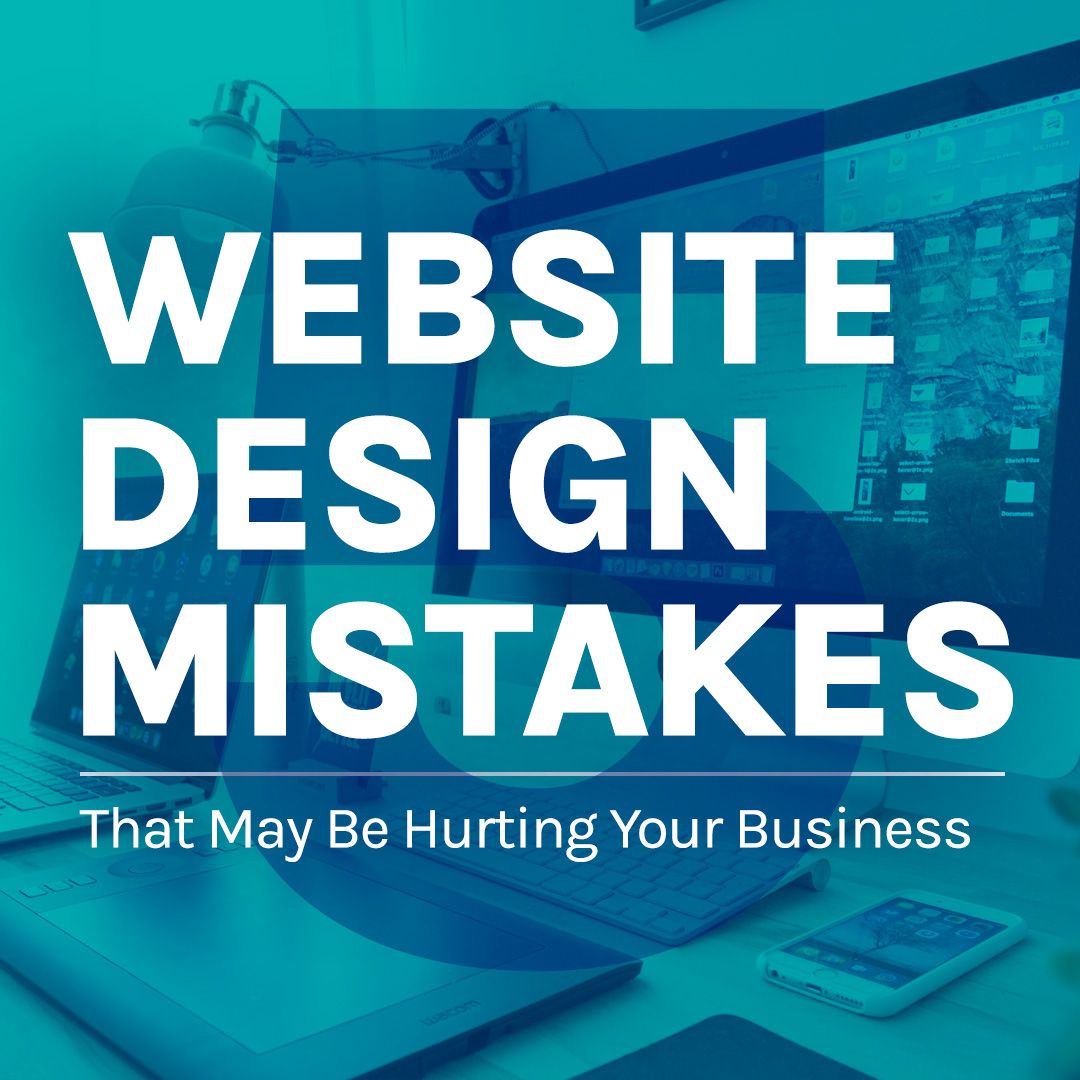How to Know When it’s Time for a Website Redesign
Your website design is important to your business. According to a 2021 survey conducted by Top Design Firms, 50% of consumers believe that website design is crucial to a business’s brand. The survey also points out that 42% of people would leave a website due to poor functionality.
All the hard work you put into getting visitors to your site could be wasted if half of them come away with a negative opinion of your business. Your business needs more than just a website. You need a site that will engage your visitors, build your credibility and drive sales.
If you’ve been wondering if your business website needs an update, below are 6 reasons it may be time to consider a website redesign
6 Reasons it may be time to consider a website redesign:
1. Your website is not mobile-friendly
According to Statista, 58.99% of all internet traffic came from mobile devices during the second quarter of 2022. This means that more than half of your website visitors are visiting your site from a phone or a tablet.
Mobile users expect to have a great user experience on your website when viewed on a mobile device. As the Top Design Firms study above mentions, 42% of users said they would leave a website due to poor functionality. If your website isn’t optimized for mobile devices, the images, content, and navigation on your site can leave your visitors frustrated, causing them to leave with a negative impression of your brand.
Visit your business website on your phone. Does the experience match the experience desktop users are having? If not, it’s time to start thinking about a website redesign.
2. Your design is outdated
Design trends and styles change over time. If you haven’t updated the look and feel of your website in 3-5 years, there’s a good chance that your website looks outdated. If your current design is 5-10 years old, it’s definitely feeling outdated to your website visitors.
A good gauge to determine if your website design is outdated or not is to compare it to your current marketing collateral, social media efforts, and any other communications you may be sending out to your customers. Does the look and feel of your website reflect the current state of your brand?
An outdated design is a great reason to consider a website redesign. For the majority of your website visitors, your website is their first impression of your business. It’s important that your website reflects who you are today, not who you were 3-5 years ago.
3. It’s difficult to update your website
In the early days of web design, businesses were dependent on web developers to make changes to their websites. This was difficult and costly, forcing most businesses to only make infrequent updates to their site.
Today, most websites are built using a content management system (CMS) that allows users to log in to the site and make changes to content easily. Spelling or grammatical errors can be easily updated, articles posted, and pages refreshed with current information – all without the need for an expensive web developer.
If your website isn’t easy to update in-house, it may be time to consider a redesign to integrate a CMS. It will help your business be more responsive with changes, provide your visitors with fresher content, and save your business money.
4. Your website is slow
If your website is slow to load, it can quickly create a frustrating experience for your visitors – especially on mobile devices. Most studies consider 3 seconds of load time to be the maximum threshold to ensure a positive user experience. According to Business.com, pages that take longer than 3 seconds to load lose around 53% of mobile users.
In our increasingly busy world, delivering your website quickly is vital. A speedy website encourages your visitors to load more pages and spend more time consuming your content. The less time your visitors spend waiting for your page to load, the more time they have to learn about your business and interact with your brand.
Not sure if your website load times are considered slow? We can tell you. Request a Free Website Review and we’ll provide a report on how your website performs.
5. Your website isn’t meeting your business goals
It’s not enough just to have a website. Your website should engage your visitors, build your credibility and drive sales.
To take full advantage of your business website, it should meet your business goals. Whether your business goals are to generate new leads or to drive more e-commerce sales, it’s important that your website is designed with these goals in mind.
Business goals can change over time. Even if your website was originally designed to match these goals, it may be time to revisit those goals. If you want your website to do more for your bottom line, it may be time to consider a website redesign.
6. Your current design doesn’t match your brand
Your website visitors deserve to know the real you. Does your website reflect who your business is? We often work on redesign projects where the direction of the company has changed and their current website doesn’t reflect these changes.
Just like business goals, brands typically evolve over time. If your business has recently changed its branding, voice, style, or business focus, it’s important for your website to match these changes.
Your website should extend your business’s brand. It shouldn’t compete with it. If you feel that your website doesn’t mirror the feel of your current day-to-day business, it may be a good time to look at a redesign.
Your website is the digital front door to your company. Making sure that your website meets the needs of your visitors will have an enormous impact on your business. If you feel like your site fits into any or all of these reasons, it may be time to look at investing in a website redesign.
Interested in getting some professional feedback on your current website design? We’ll provide a no-cost, no-obligation review of your company website. You’ll receive a report with recommendations on how your website can better achieve business goals. Request a free website review now.





